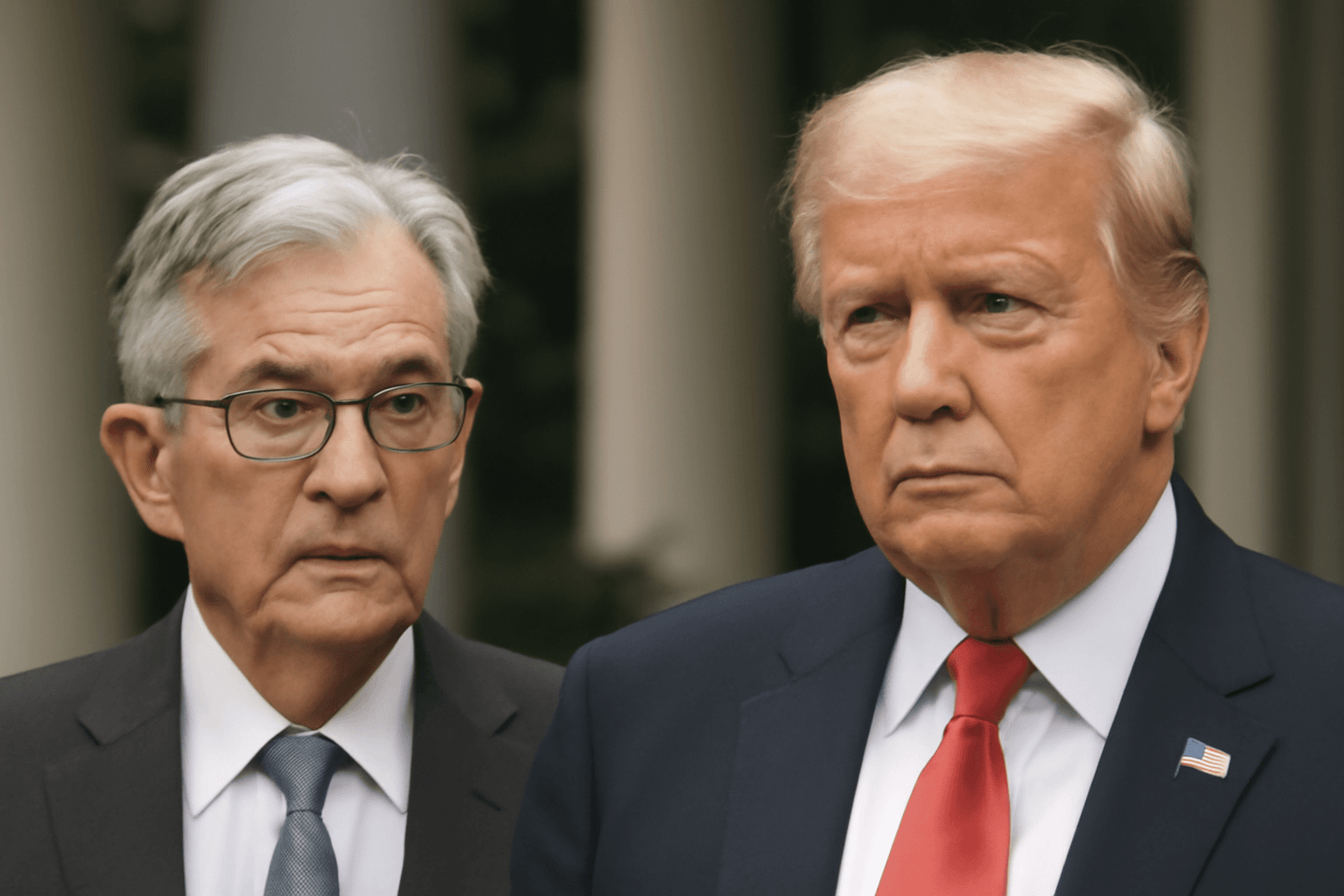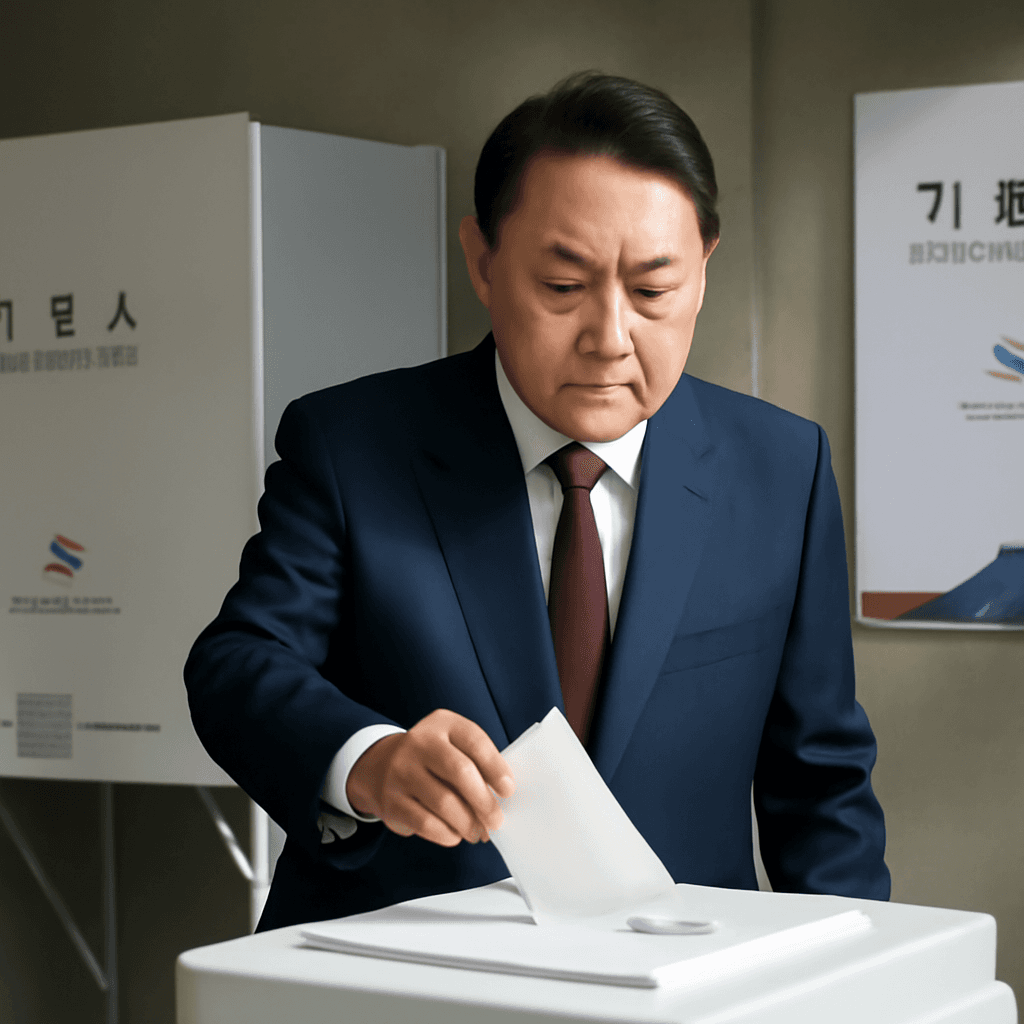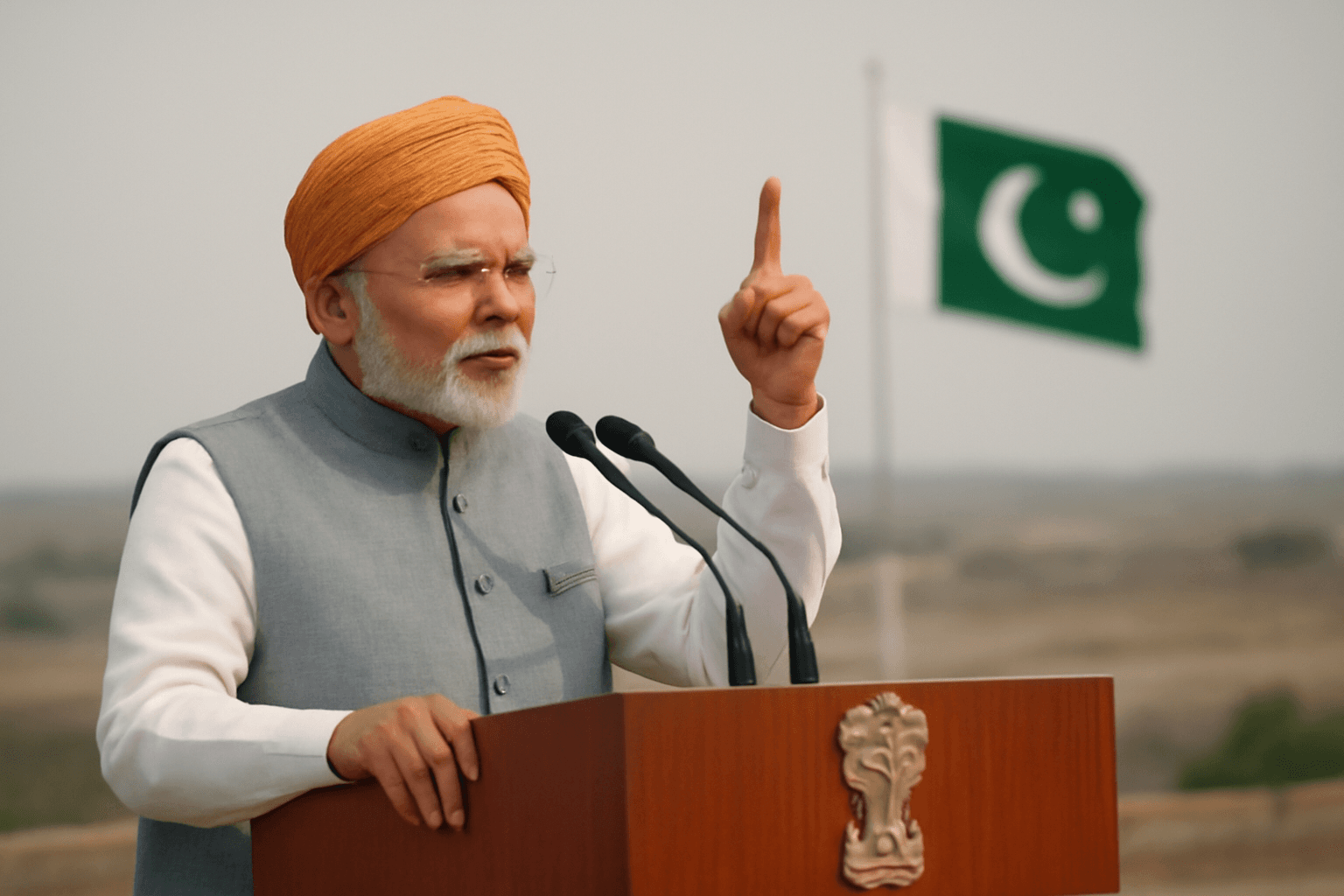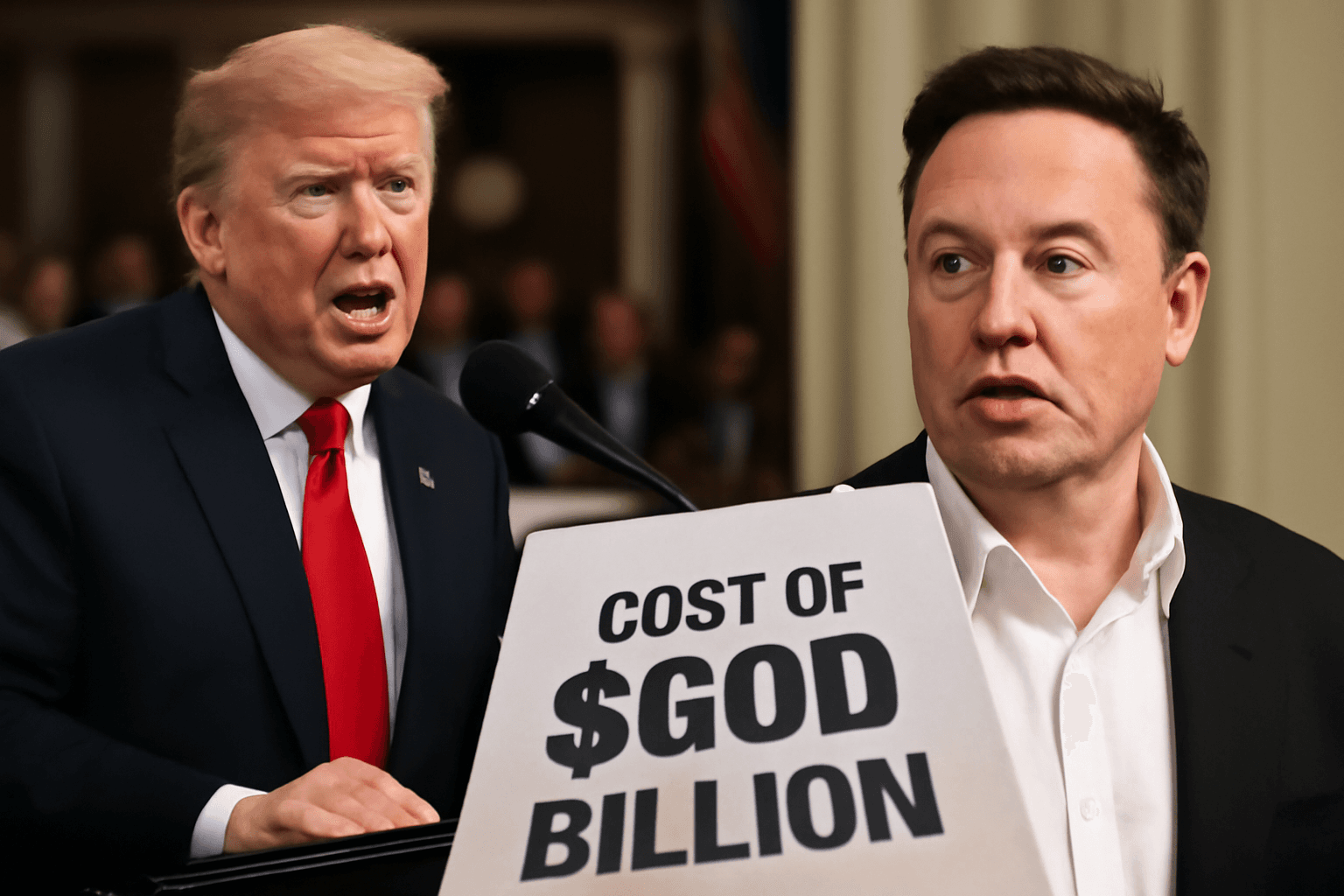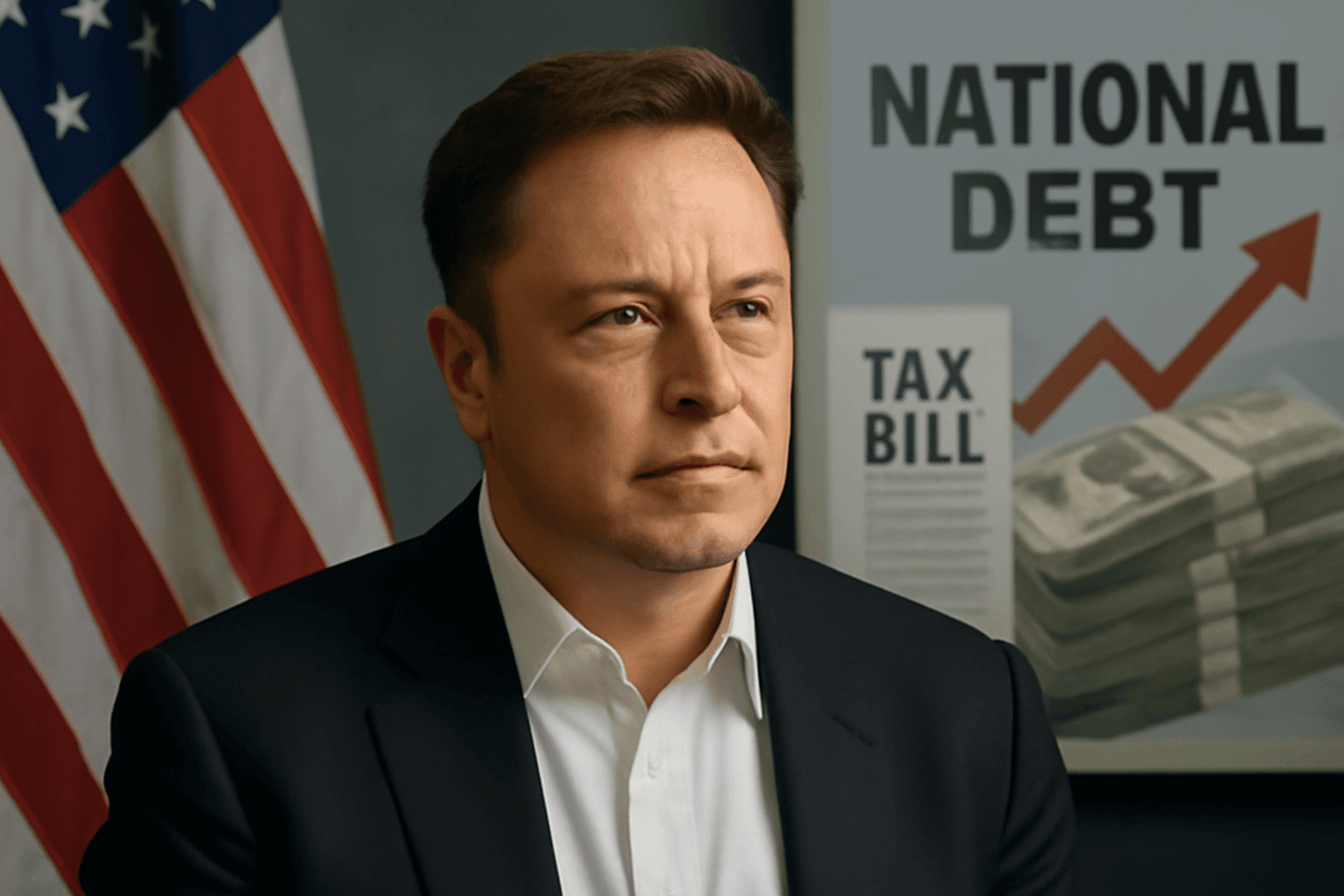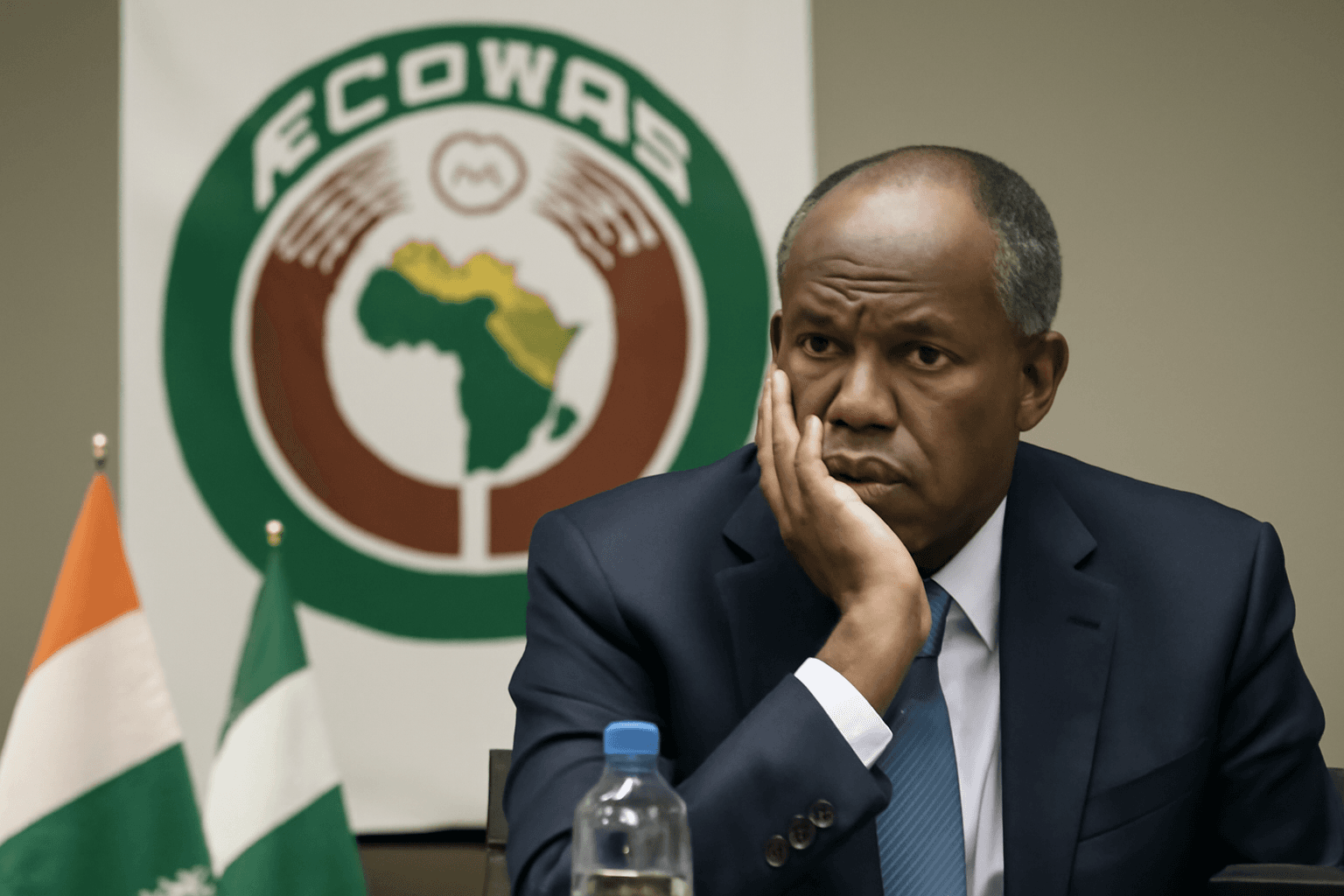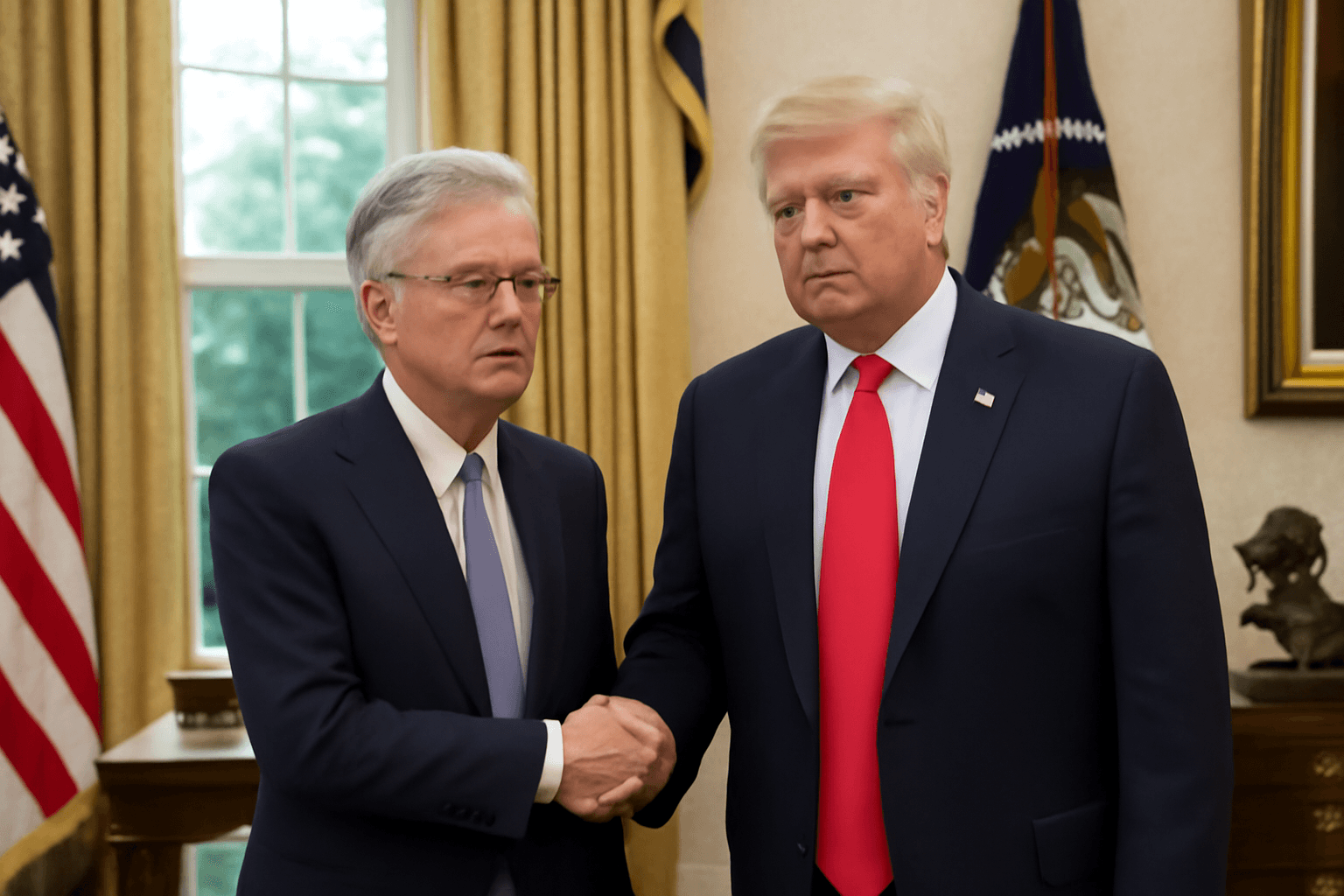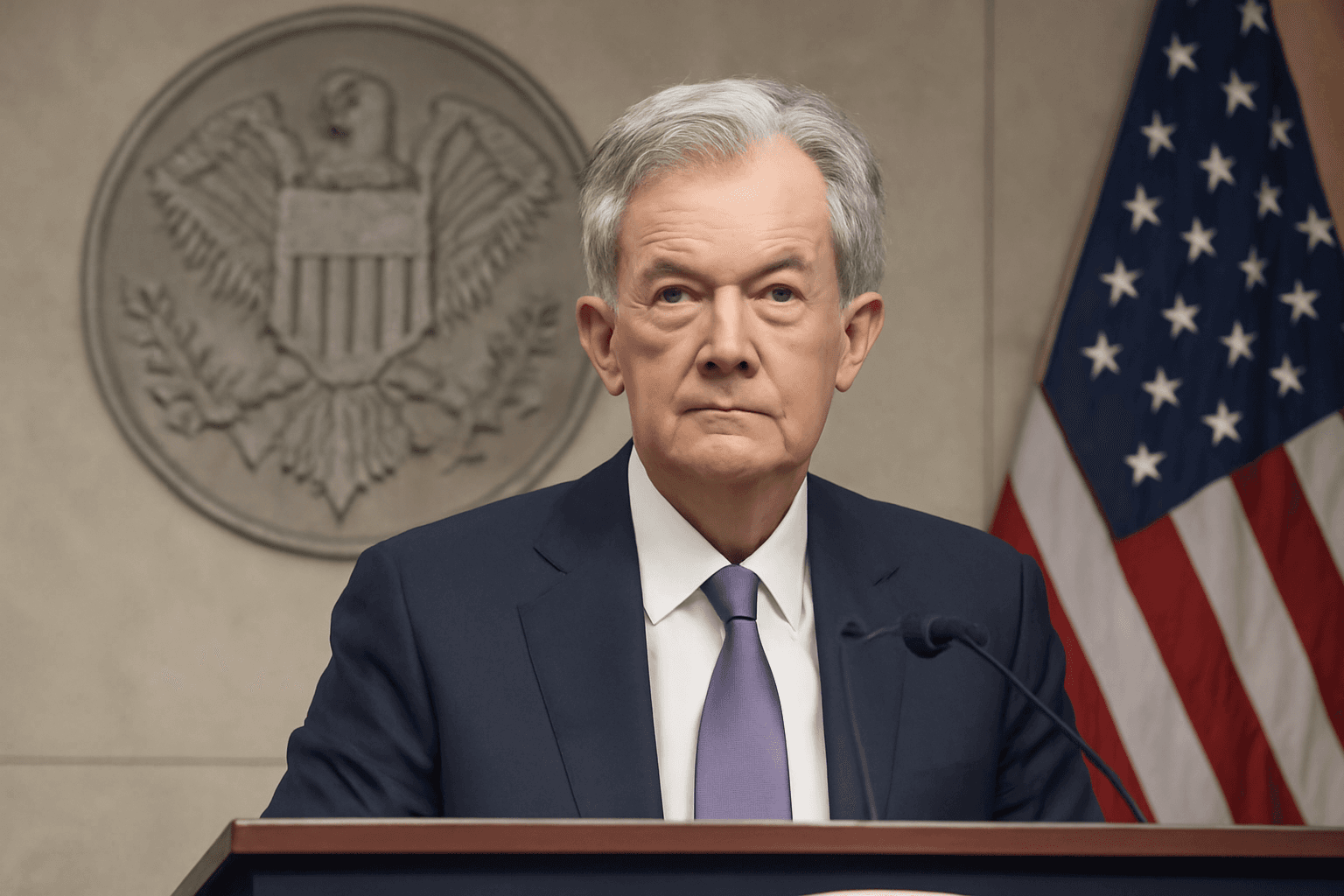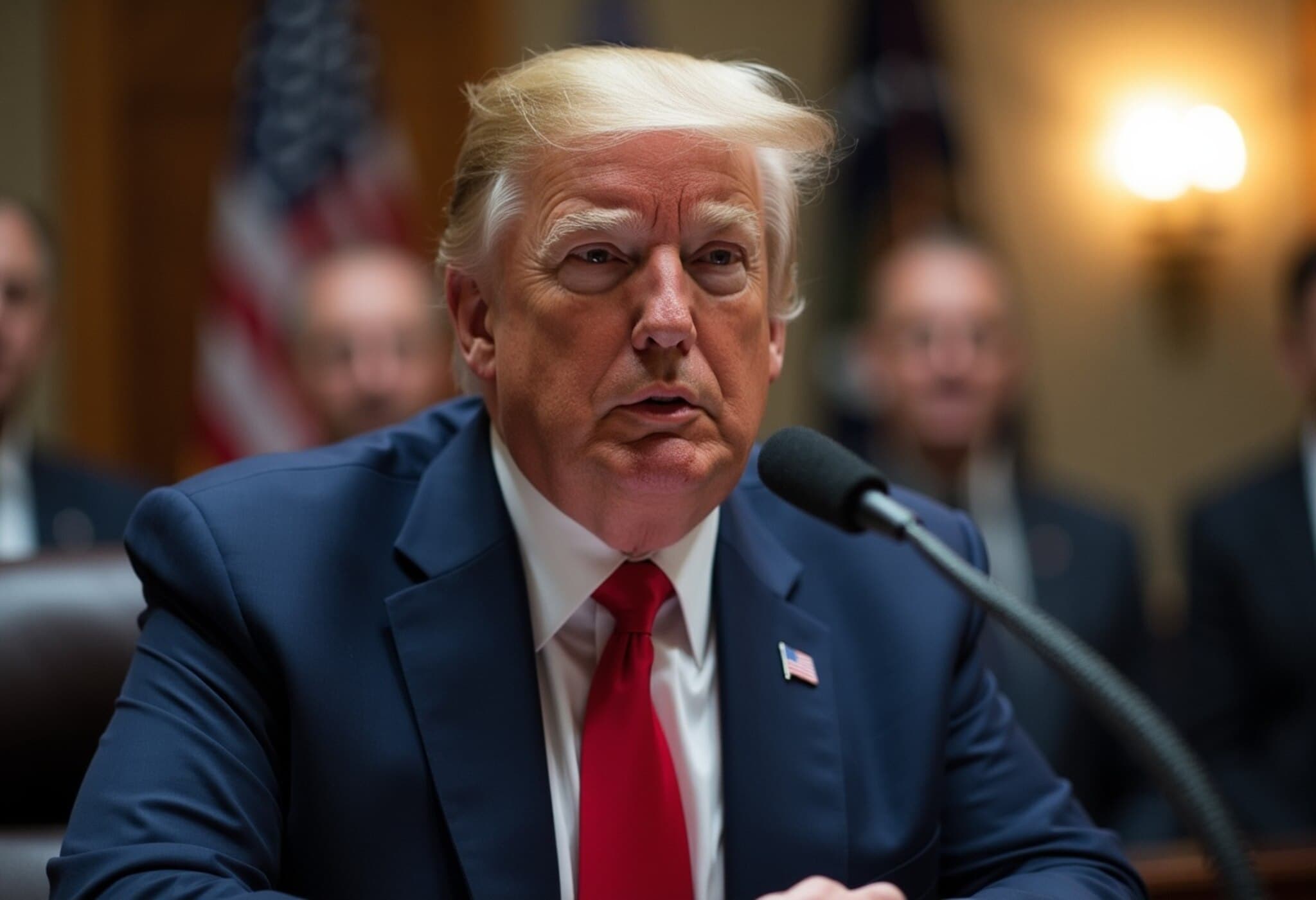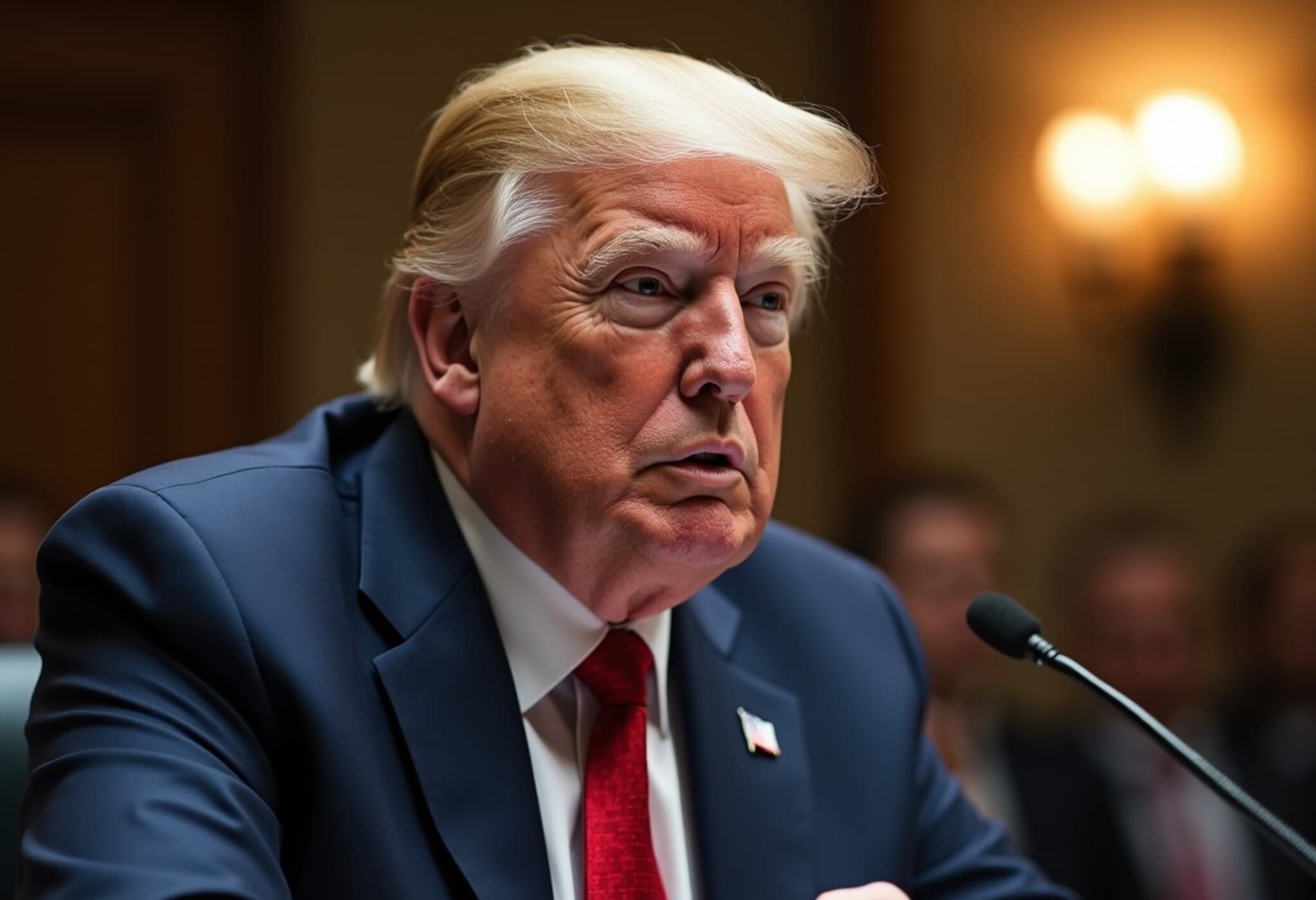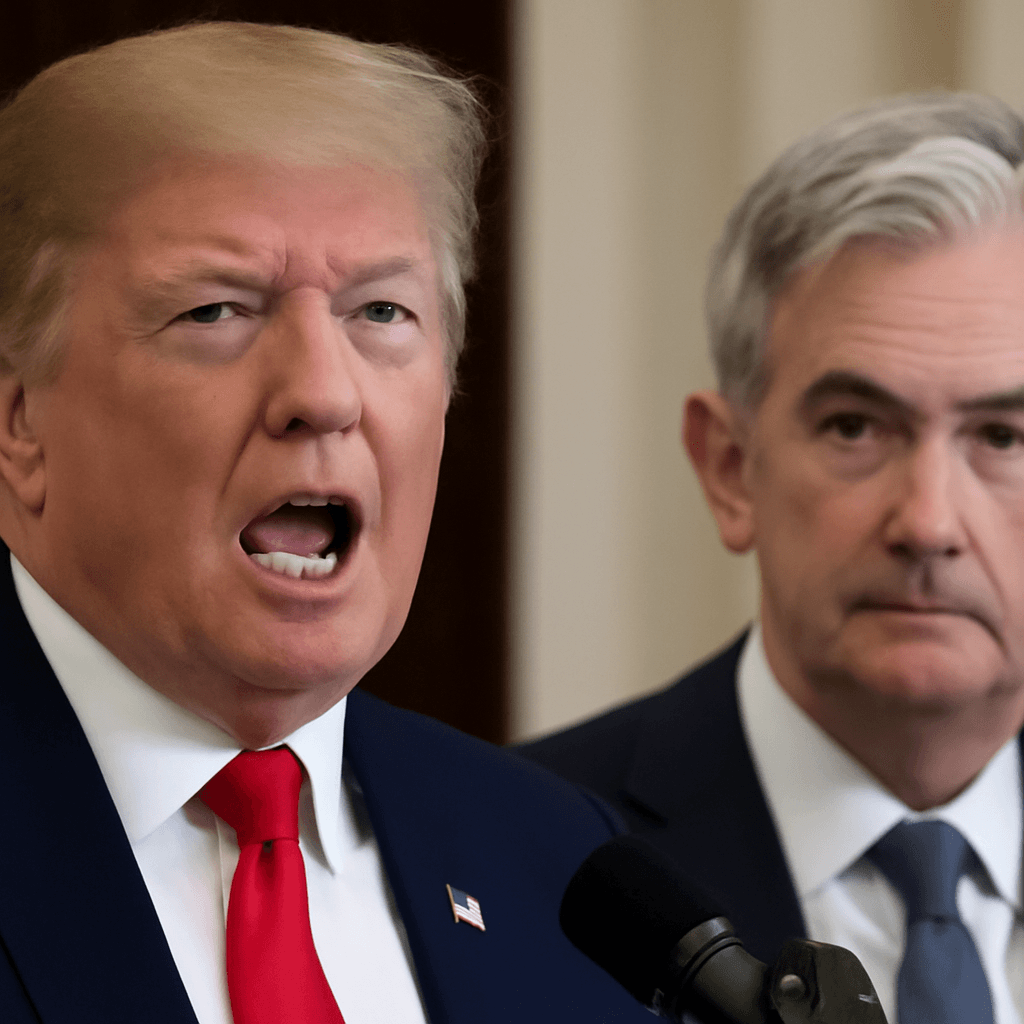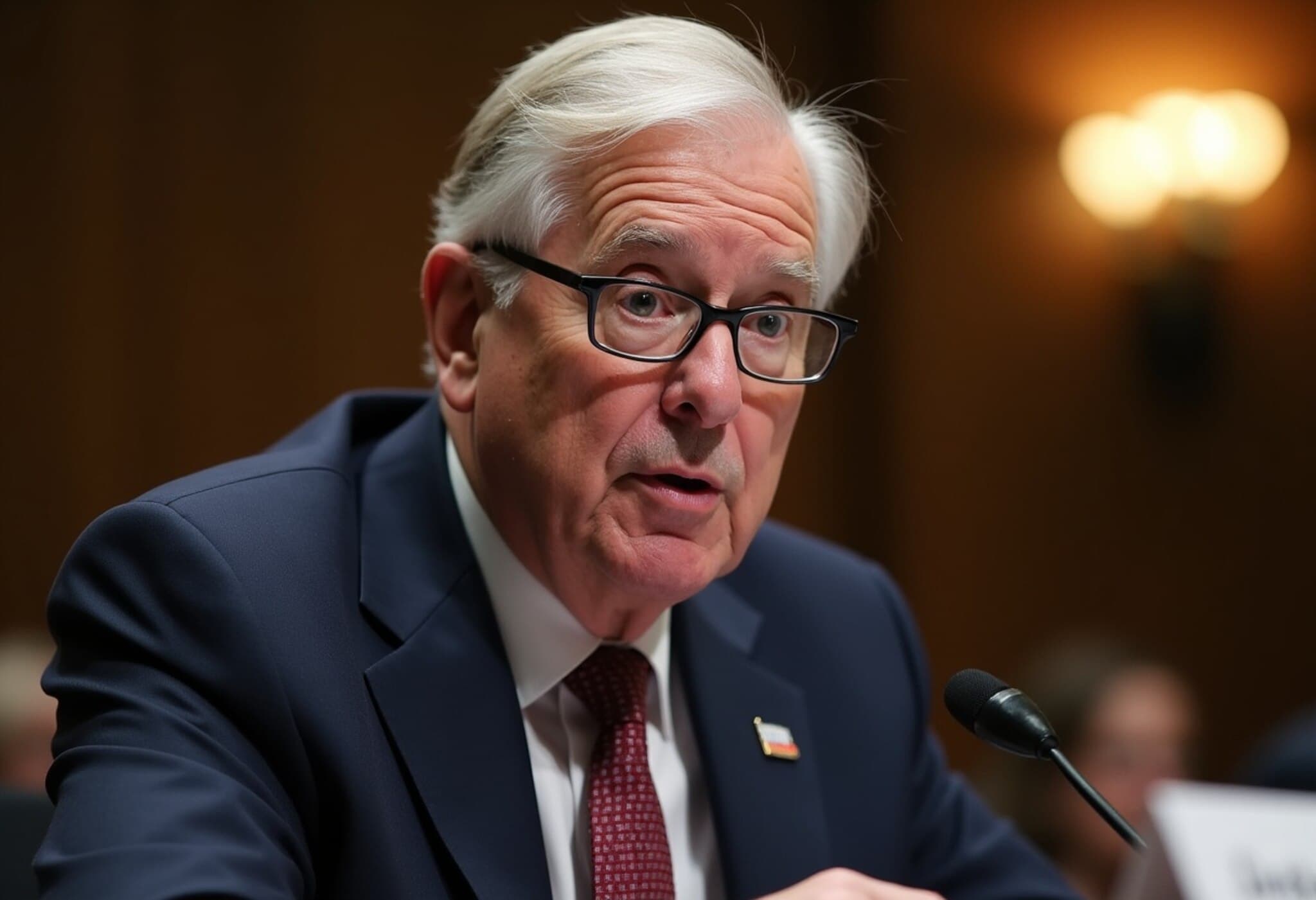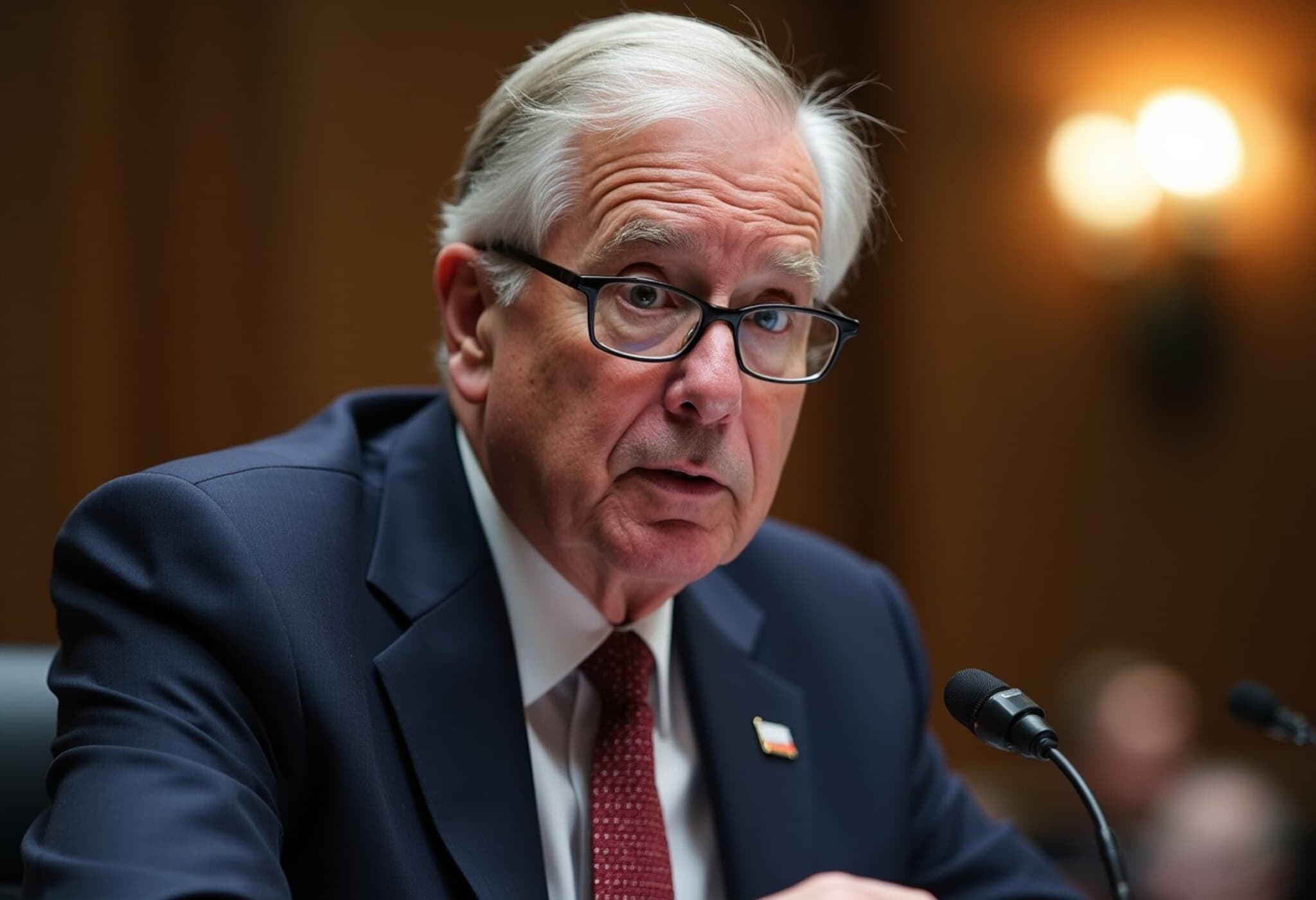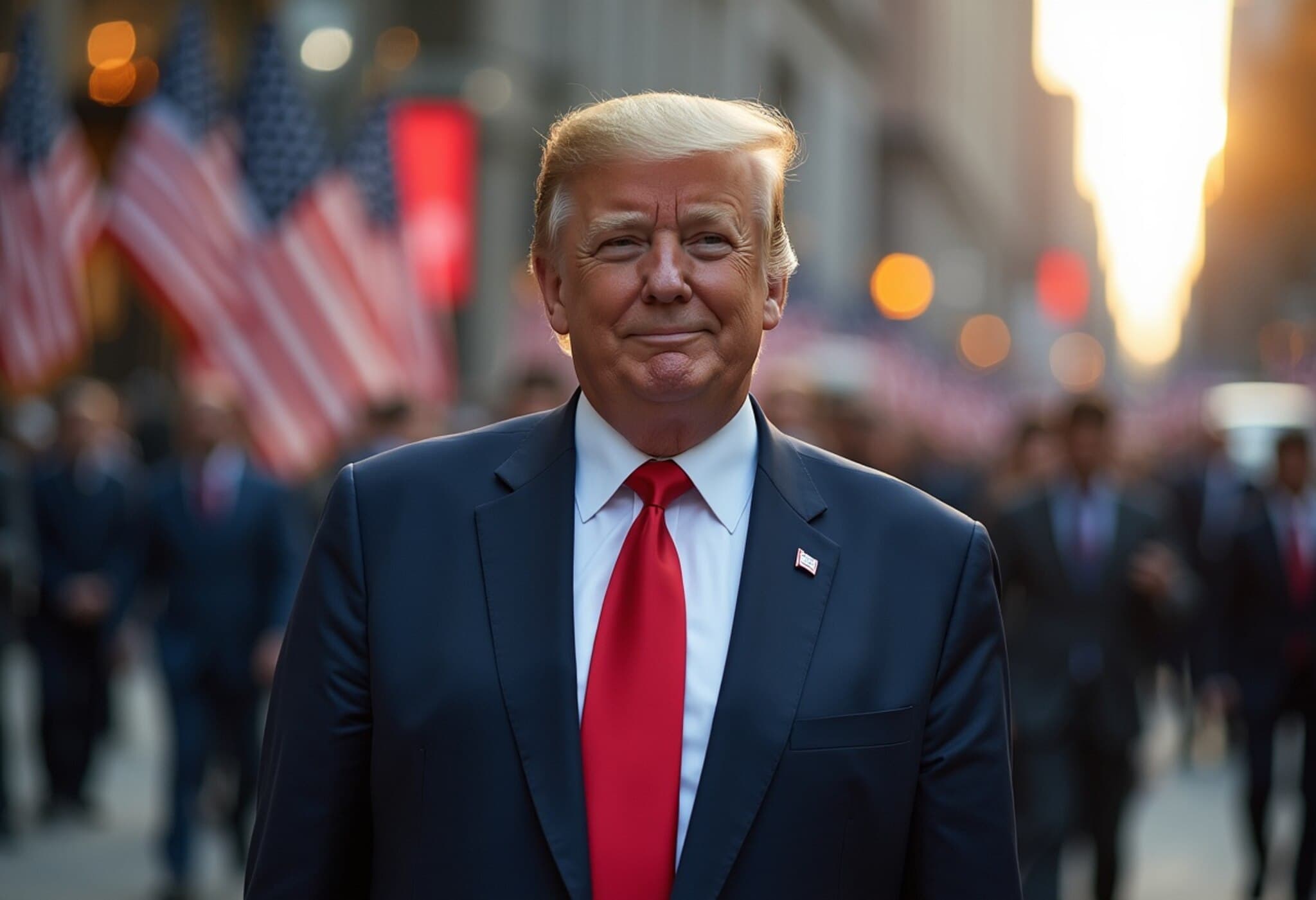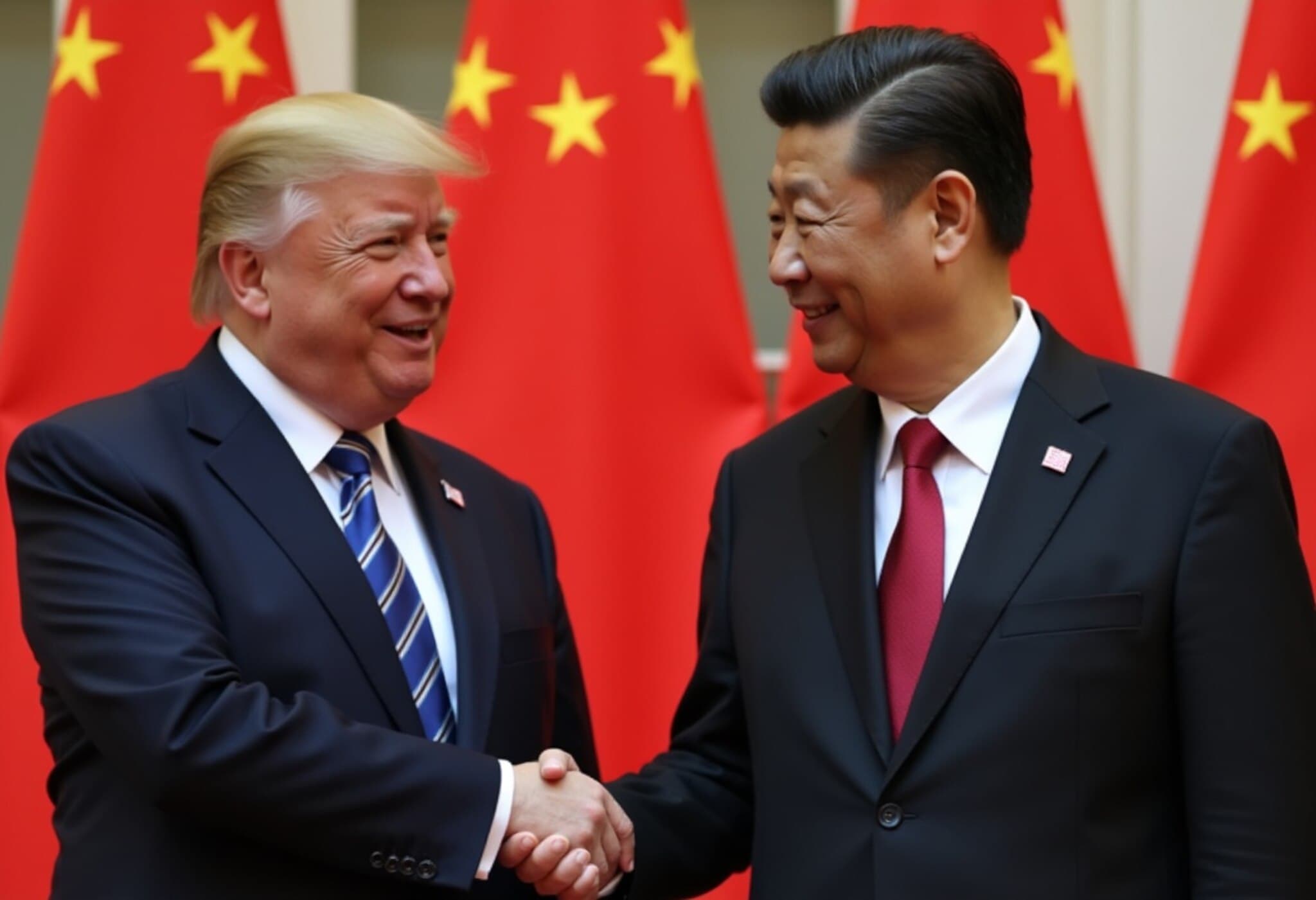Trump Eases Off Threats to Fire Fed Chair Jerome Powell
In a notable shift amid his ongoing critique of the Federal Reserve, former President Donald Trump indicated on Tuesday that he no longer plans to pursue the removal of Federal Reserve Chair Jerome Powell, despite harsh criticisms. "He's going to be out pretty soon anyway," Trump told reporters during a brief exchange at the White House. "Eight months, he'll be out." This statement appears to temper earlier speculation about his intentions to abruptly dismiss Powell, spotlighting the complex legal boundaries restricting presidential power over the central bank leadership.
Intensity of Criticism: A History of Discontent
Trump’s dissatisfaction with Powell dates back to his first term, when he appointed Powell to the helm of the Federal Reserve. Over the years, Trump has frequently lambasted Powell for what he perceives as a sluggish response in adjusting interest rates. In recent remarks, Trump dubbed Powell "too late" for failing to lower rates promptly, blaming the Fed chair for constraining American homebuyers with persistently high borrowing costs.
"People aren't able to buy a house because this guy is a numbskull," Trump said, reiterating his view that the Fed’s rate hikes may be driven by political motivations rather than sound economic policy. Yet, Powell’s term is officially set to expire in May 2026, underscoring that any removal attempt would not only face legal scrutiny but also political hurdles.
Understanding the Limits of Presidential Authority
Amid the fiery rhetoric, constitutional and statutory limits on the president’s ability to fire the Fed chair have drawn attention. The Federal Reserve operates with a high degree of independence to shield monetary policy from political interference — a cornerstone principle vital for economic stability. Experts note that forcing out a Fed chair prematurely without cause could unsettle markets and undermine confidence in the U.S. financial system.
Beyond Rate Criticism: Concerns Over Fed Spending and Scope
The White House has not only criticized the Fed’s monetary decisions but also its fiscal management and institutional priorities. Trump pointed to a multi-billion-dollar construction project on Fed properties in Washington, D.C., framing it as an example of wasteful spending.
Supporting this sentiment, Treasury Secretary Scott Bessent backed calls for an internal review of the Fed’s operations. "The Fed has had this big mission creep, and that's where a lot of the spending is going," Bessent remarked, highlighting concerns about the institution’s expanding roles beyond traditional monetary policy.
What This Means for Economic Policy and Markets
- Market Stability: Powell's continuation suggests short-term steadiness in Federal Reserve policy amid a fragile economic recovery.
- Political Implications: The independence of the Fed remains a critical buffer against short-term political considerations influencing monetary decisions.
- Public Confidence: Highlighting spending and mission creep may raise debates on the Fed’s transparency and accountability, affecting public trust.
Editor’s Note
Trump’s softened stance on firing Powell yet continued sharp criticisms underscore the tension between political leadership and central bank independence. While economic policy disagreements are expected, attempts to influence or remove Fed leadership involve intricate legal and institutional checks designed to protect the integrity of monetary governance. As debates over rate decisions and Fed spending evolve, observing how these dynamics play out will offer key insights into the future trajectory of U.S. economic policy and market confidence.

